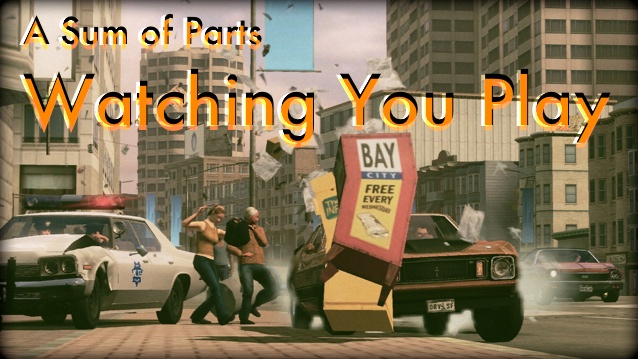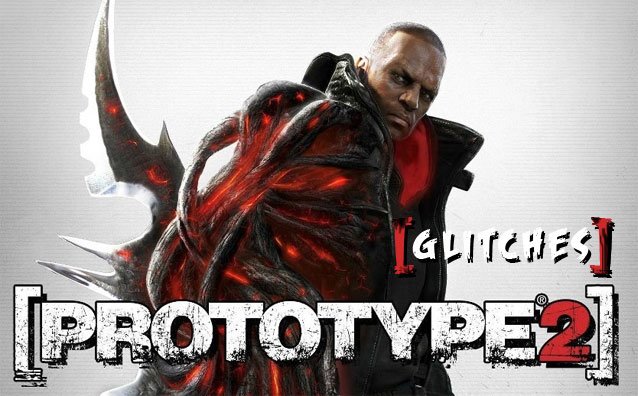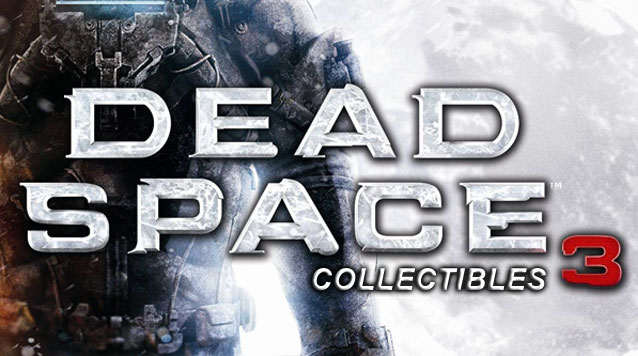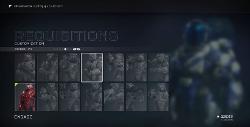


As Driver: San Francisco progresses, the missions get stranger. As Tanner slowly realises his world isn’t quite right (that is, real) the very fabric of its existence slowly comes undone. A consequence of this, as I noted last week, is that as Tanner gets closer to catching Jericho, his dream gives Jericho more powers as to keep him just out of reach. Eventually, Jericho possess the same powers as Tanner: he is able to jump into the bodies of other people, sending cars to drive into Tanner’s path.
Meanwhile, Tanner has been regularly taking over the body of one of Jericho’s lackeys, Ordell Williams, in order to have him promoted to, ideally, become Jericho’s driver. Why doesn’t Tanner just possess Jericho’s current driver? Well, it just doesn’t work like that.
These two threads lead to one of the games most mind-boggling and clever missions.
Once you have worked Ordell up the ranks, you take over his body one final time to be commanded by Leila (Jericho’s right-hand woman) to go to a place to start a job. Apparently there’s a problem that Jericho wants taken care of. So you drive to the objective marker off in the distance, only to find it is hovering above your car, Tanner’s car, the Dodge Challenger with Tanner’s body still behind the wheel.
This requires spelling out for anyone who hasn’t played the game: Your body (that is, Tanner’s body) is still in the Dodge, driving down the road. But his mind is inside another body, Ordell’s, who is now tailing Tanner. So you are tailing yourself, in two cars at once.
Tanner’s plan is to get Ordell/Tanner and Leila to follow Tanner/Tanner and Jones right into a police roadblock. To do this, you have to control Tanner’s car while your mind is sitting inside Ordell’s body in the car behind Tanner’s car. You are looking out through Ordell’s eyes, through the windscreen of Ordell’s car, controlling a different body in a different car. This creates one of the only instance of gameplay I know of outside of text adventures that could arguably be classed as second-person gameplay.
The entire mission is nauseating and off-putting. It takes a massive amount of focus and real mental power to figure out where your body ‘actually’ is in the world, and when you should actually steer, accelerate, and brake. Your mind keeps trying to conceptualise what you see as being in first-person but you have to keep consciously reminding your mind that, no, you are controlling that person.
First-person and third-person point-of-view games are relatively easy to conceptualise from how the terms are traditionally used to talk about narrator styles of written words. A sentence written in first-person is from the point of view of the subject (“I ate a cake”) so it follows that a first-person game, too, is from the perspective of the subject. A sentence written in third-person talks about the subject as someone else other than the narrator (“Tom ate the cake”) so it follows that a third-person game is one where the character is visible on the screen, looked at by the player from some external position.
A sentence written in second-person, however, is when the narrative directly addresses the subject (“You ate the cake.”). People have often (and usually only theoretically) mused over what a second-person point-of-view videogame would be like, or what the heck “second-person point-of-view” would even mean for a videogame. It requires a ‘you’. Not an ‘I’ or a ‘him/her’ but a ‘you’.
Second-person implies two different bodies: the body of the narrator saying the sentence, and the body of the subject of the sentence being addressed. “You ate the cake” is something someone says (perhaps while pointing a finger at you, accusingly). In this Driver: SF mission you are not looking at your avatar from the disembodied, floating camera of a third-person game, but from the embedded, grounded body of another person. You are looking out from Ordell’s eyes at ‘you’.
We as videogame players never share the same world as our characters, our virtual bodies.It’s a perspective we rarely see in videogame play. Or is it? Notice the way I have been using the word ‘you’ up to now in this article. Notice how, so often, when we write and talk about videogame experiences (any videogame experience) we so easily slip into the second-person, talking about what ‘you’ do. Not what I do, not what the character does, but a weird mingling and conflation of the two—what you do.
It’s just so easy. In Super Mario Brothers you go on a journey through the Mushroom Kingdom to save the Princess. In Halo you fight the Covenant on a ring world. In Zork, you are likely to be eaten by a Grue.
Really, what happens in this mission as you tail yourself through the alleys of Tanner’s dreamworld, is what happens in all videogame play: a relationship of bodies over a distance. In all videogame play there is a distance between the player and the playable character, regardless of the presented point-of-view.
Just as Tanner sits in one vehicle and controls Tanner from a distance in another vehicle. We as videogame players never share the same world as our characters, our virtual bodies. We sit in one world, they sit in another, and we control them from a distance, like a puppet at the end of a network of digital strings. We come to understand and perceive that world through their presence in it.
But in this mission, it is Ordell who is the puppet. It is Ordell who Tanner is manipulating into a trap (by manipulating Tanner’s body through Ordell’s eyes). Our body might tell the playable character’s body to do something, but often what we think to tell it to do will be determined by what they want (or can) do. At each end of those digital strings between player and character, it isn’t clear who is the puppet and who is the puppeteer.
Personally, I think this is why we so easily slip into the ‘you’ when we talk about videogames. It holds together two identities that aren’t quite ‘me’ and aren’t quite ‘them’ and not even quite ‘us’ but are ‘you’. Tanner-as-me-as-Tanner.
So much of Driver SF can be seen as interesting commentaries on videogames more broadly, but none more than this mission. The intricate relationship between Ordell and Tanner here reflects the discordant displacement and complex shifting of bodies we experience in our relationships with all playable characters. Maybe it isn’t inherently easier to create first- or third-person point-of-view games. Maybe all games are, essentially, perceived in the second-person.



